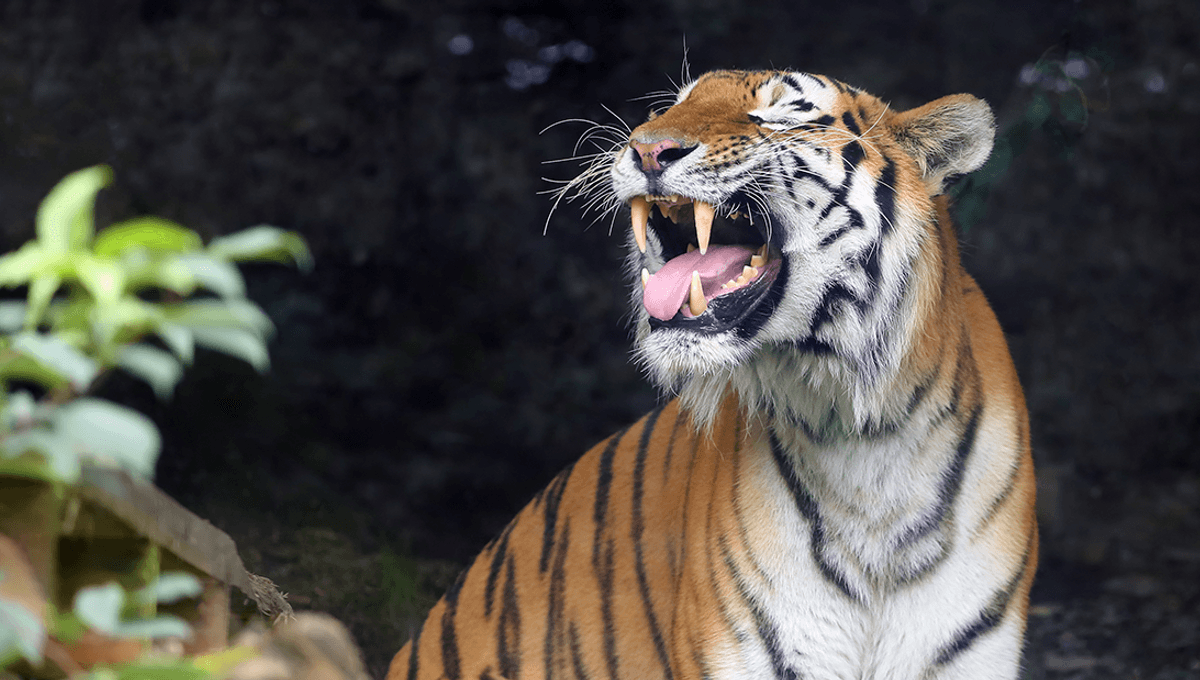
If you live with a feline or two you might know that cats have personalities, but what about their wild counterparts? Semi-wild Amur tigers (Panthera tigris altaica), also called Siberian tigers, at two wildlife sanctuaries in China are the focus of a new study looking at their personalities in a bid to better inform conservation and breeding efforts.
Amur tigers are the world’s largest big cats, with adult males growing to around three meters in length (9.8 feet) and weighing around 200 kg (440 lbs). These tigers are classed as Endangered by the IUCN and face threats from poaching for traditional medicines, as well as habitat loss. They are protected in sanctuaries where they can live as long as 35 years in captivity.
In a new study looking at tiger personality traits, the team asked wildlife sanctuary staff to fill out personality questionnaires for 248 tigers split over two sanctuaries in northern China. Of these tigers, 152 live in the world’s largest semi-wild tiger sanctuary in northeastern China. The remaining 96 also live in a smaller Chinese sanctuary. The questionnaires were filled out by veterinarians or sanctuary workers that could recognize each individual tiger and had worked with them for either six months at the larger sanctuary or a year at the smaller one.
The team set out to explore three questions, all related to tiger personality. They wanted to find out if these semi-wild tigers have a structure of personality, if their personality types were linked to their physical characteristics, and if the personality types varied between male and female tigers.
The team found that the results could be split into two personality groupings they called Majesty and Steadiness which could account for 38 percent of the difference seen in the behavior of individual tigers. Majesty was associated with better health in each set of results. Animals in the Majesty grouping also preyed on more live animals, ate more, and mated more often than the tigers in the Steadiness grouping. Majestic tigers were also said to have higher status by the workers who filled in the questionnaires.
The sex differences found in the results showed that, as might be expected, males were bigger and weighed more than the females in both samples, while only in the first sample did the males prey on more live animals and subsequently eat more. Males in the first sample of data were found to be more majestic, but this was not found in the second set of results from the smaller sanctuary.
The researchers hope that these findings will be able to be applied to conservation efforts, but note that fully wild tigers may not exhibit personality traits in the same way as those in sanctuaries.
The paper is published in Royal Society Open Science.
Source Link: “Majestic” Amur Tigers Are Healthier, Hungrier, And Hornier Than “Steady” Peers